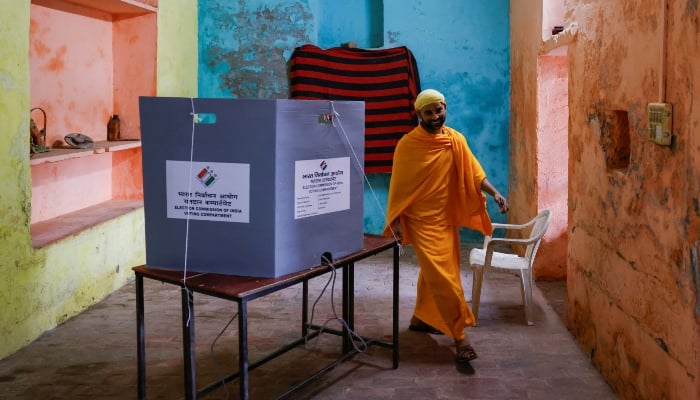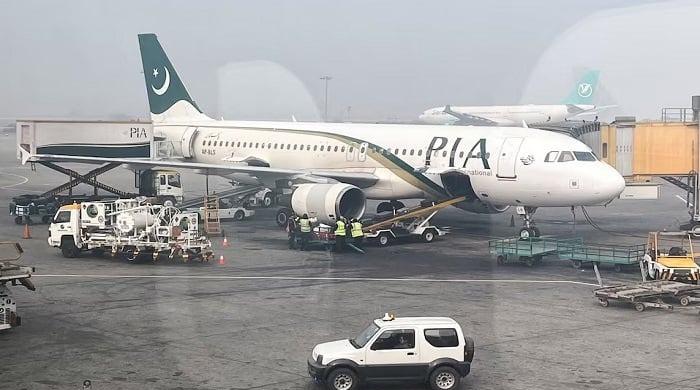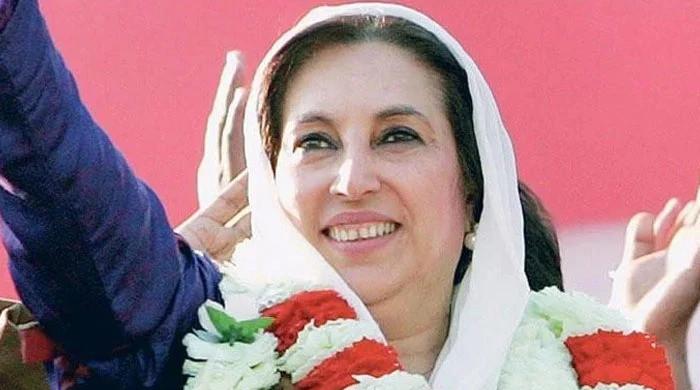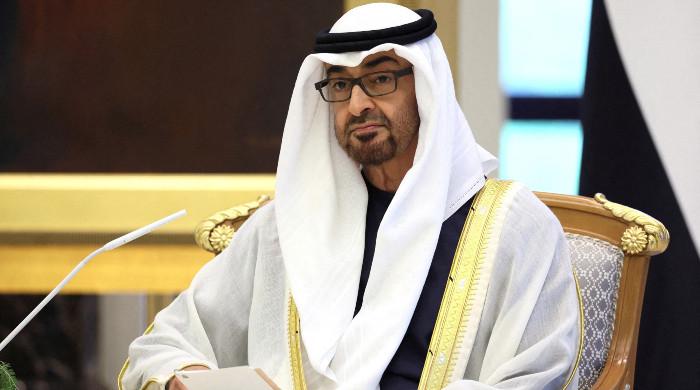India's polarised electoral maze
Political pundits in India and the rest of the world have predicted a comfortable win for Narendra Modi
May 04, 2024

India is going through its 18th Lok Sabha elections and as the Modi government enters the bare-knuckle contest against the 26-party INDIA alliance led by the Congress, the contest is heating up to a feverish pitch.
Political pundits in India and the rest of the world have predicted a comfortable win for Narendra Modi. There, however, is a glitch in the Modi juggernaut’s move as this time around the anti-Pakistan and communal bandwagon has not been much successful. Without the famous communal sympathy wave that Modi sits on, the Modi-led NDA alliance is showing signs of nervousness.
So first let us examine how the political battleground looks at the moment. Kerala, Karnataka, Tamil Nadu, and Telangana are expected to go the INDIA way, considering the preferences of local parties like the DMK, JD(S), and AIADMK.
In states like Maharashtra, West Bengal, Bihar, Tripura, and Manipur, local issues hold more appeal than federal politics. This might tilt the balance towards the INDIA alliance. States like Gujarat, Rajasthan, UP, Madhya Pradesh, Himachal Pradesh, and Uttarakhand where the BJP enjoys dominance are likely to result in more seats for the BJP alliance, despite issues like the Agnipath scheme in Uttarakhand, which might pose a slight problem for the BJP.
Modi’s “ab ki baar char sau paar” (this time [we] will win over 400 [seats]) seems wishful thinking considering that his alliance is contesting on 450 seats. The 400 mark can only be secured with an 80 % strike rate whereas independent analysts think that Modi will be able to win 60 % of the seats.
Indian scholars like Prabhakar – author of The Crooked Timber of New India – predict the NDA alliance winning around 220-230 seats. But they do caution that the ongoing elections may throw unexpected surprises, despite the dominant theme of identity politics based upon communal hatred and ostracisation of minorities still resonating with the masses.
The possibility of surprises for the NDA according to Indian observers and scholars like Karan Thapar, Neeraj Chaudhary and Parakala Prabhakar emerges from the absence of erstwhile Modi bandwagon and issues like joblessness and inflation that has hit the Indian middle and lower classes hard.
According to Prabhakar, the lofty claim of economic turnaround and the much touted 8.0% growth is actually a mirage. According to him, this rate is accompanied by 24% unemployment, the lowest-ever household savings ratio of 5.1% of the GDP, and the highest-ever national debt. So bad is the unemployment state that the job placement percentage of the elite IIT graduates has declined to 34%. The state of semi-skilled lot is even worse with people lining up to go to the Middle East.
According to a Pew Research Centre’s Report, 75 million Indians were pushed below the poverty line in 2021 during the Covid-19 pandemic. Those figures contradict the BJP government’s claims of pulling 415 million Indians out of the poverty trap. Such claims are also negated by independent scholars like Prabhakar who accuses the BJP government of using misleading metrics of the multi-dimensional poverty index to deceive people.
The rise of inequality is another concern for ordinary Indians, as evidenced by the World Inequality Lab Report titled ‘Income and Wealth Inequality in India, 1922-2023’. It highlights the top 1.0% of Indians hold 40% of national wealth.
The NDA alliance’s tilt towards money has been exposed by the electoral bond scandal. The lion’s share of corporate donations – Rs65 billion – has gone to the BJP, which indicates the influence of corporations on the Indian electoral scene.
Since identity politics trumps economic performance, hate peddling sells well in the Indian elections. Unfortunately, the Hindutva poison that has been injected in society has not spared even Dalits, a marginalised group in India. The BJP aims to woo 0.22 billion Dalit voters while Dalit parties like the Bahujan Samaj Party are in disarray, especially in states like UP.
The recreation of a mythical Hindu glory and reviling of Muslim 'infiltrators' is the classic play of identity politics, relied upon by Narendra Modi, who is pandering to the communal sentiment of Hindu nationalists to stoke the fire of communal hatred. He is cultivating a personality cult of ‘Brand Modi’ that defies narrow appeals to reason and rationality. Unfortunately for India the same communal virus seems to have infected a vast segment of Hindu population. According to a Pew Research Centre’s survey (2023), 85% of Indians display a partiality for authoritarian leadership instead of democratic ethos.
The prognosis is depressing as per perceptive Indian scholars due to the recidivism of the Indian nation into medieval tribalism. According to Prabhakar, India’s economic development has been set back by a decade, while politics has regressed to pre-1947 days with the maximum damage done to social cohesion that has been set back by four centuries.
The Indian elections featuring 969 million voters and a spending of $14.5 billion are not expected to yield a fair outcome due to the capitulation of institutions like the Indian judiciary, the Indian Election Commission, and the Indian media, which had the potential to hold Modi accountable for his actions.
With judges browbeaten or bribed through lucrative post-retirement jobs and the Election Commission of India stuffed with RSS sympathisers, the media could have been the last bastion to protect civil liberties. However, the entire electronic and print media with a few honourable exceptions has been bought off by corporate interests sympathetic to the BJP cause. The icing on the cake is the lack of a common manifesto and unified voice in the INDIA alliance against the focused rhetoric of Modi.
Modi is likely to win, though by a lesser margin compared to 2019, but the communal poison injected in the body politic of India will need decades to be cleansed even if the Modi juggernaut comes to a halt after a few years.
The writer is a security and defence analyst. He can be reached at: [email protected]
Disclaimer: The viewpoints expressed in this piece are the writer's own and don't necessarily reflect Geo.tv's editorial policy.
Originally published in The News









